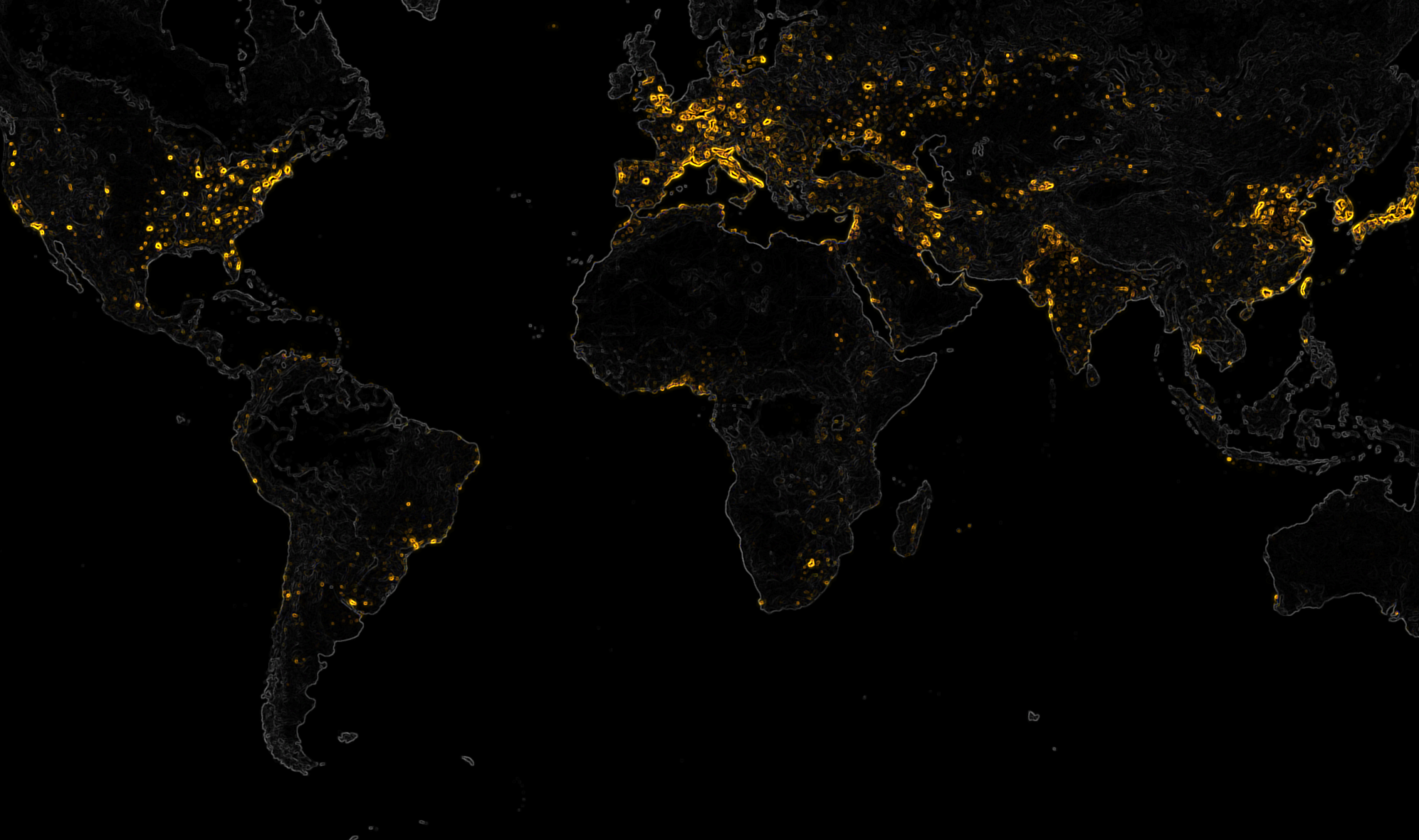Course Description
(2). General overview: scale, coordinate systems, geodesy, direction, projections, traditional land surveying techniques, global positioning systems (GPS), remote sensing, geographic information systems (GIS), cartography.
Lab Description
(1). Traditional and computer lab activities to develop understanding of scale, coordinate systems, geodesy, direction, projections, traditional land surveying techniques, global positioning systems (GPS), remote sensing, geographic information systems (GIS), cartography.
Required: Concurrent with GSP101 or Instructor Approval
Course Description
(3). Introductory course in remote sensing focusing on broad topics pertaining to the nature of electromagnetic radiation, aerial photography and Interpretation, multispectral and thermal sensors, and image data characteristics and processing.
Prereq: GSP101, GSP101L
Course Description (3). Use of a variety of spatial data types for spatial analysis and data visualization. Topological relations, buffer, query and map algebra analysis; create layouts and maps. Prereq: GSP101, GSP101L Recommended: GSP216 |
Course Description
(4). Cartographic visualization and map design principles through GIS and illustration programs, the selection of appropriate map projections, data classification, color, visual variables, charts, graphs, and diagrams.
Prereq: GSP101, GSP 101L
Recommended: GSP270 and GSP216
Course Description
(4). Geospatial software programming and scripting. Pseudo code. Geospatial algorithms. Automation, APIs, SDKs, scripting languages.
Prereq: GSP101, GSP101L
Course Description
(3). Intermediate level course focusing on digital image processing involving image enhancements, image rectifications, classification, and accuracy assessments. Additional topics include image processing techniques involving thermal, Hyperspectral, RADAR, and LiDAR data.
Prereq: GSP216
Course Description
(3). Concepts and techniques of GPS data collection using mapping grade GPS units. Topics include understanding data collection protocols, data processing, GIS integration, error sources, differential correction, and other advanced capabilities.
Prereq: GSP101, GSP101L, and either GSP216 (C) or GSP270 (C), or IA.
Course Description
(3). Data accuracy and quality, standard and advanced geospatial data models, data integration and analysis, constraint analysis, location-allocation analysis, metadata standards and documentation, geospatial ethics, industry applications of geospatial analysis.
Prereq: GSP270
Recommended: GSP216 and GSP316
Course Description (4). Build on fundamentals through interactive and animated cartographic visualization: the map as a tool for both exploring and representing geographic information. Greater depth in cartographic design theory. Discuss weekly readings; complete major map project. Prereq: GSP316 and GSP270, or IA Recommended: GSP118 or GSP318 |
Course Description
(1-4). Students implement theory and practice of geospatial sciences working for an approved campus unit, public agency, private firm or non-profit organization. Supervised individual and group work experience in geospatial sciences.
Prereq: IA, GSP270, GSP216, GSP316
Course Description
(3). Advanced course in remote sensing. Topics include advanced image enhancements involving project design, image fusion, higher levels of image classification techniques including object-oriented classifications,machine learning techniques, geostatistics, etc.
Prereq: GSP 326 (Must have senior standing or greater.)
Recommended: MATH 105
Course Description
(3). Automation of geospatial processing, analysis operations including: viewsheds, linear referencing, least cost path, accessibility, point pattern, and cluster analysis; spatial process modeling. Interoperability, SOA, SaaS and open source software.
Prereq: GSP370, GSP216, or IA
Recommended: STAT108 or STAT109
Course Description
This new course serves grad students who need beginning Geospatial and GIS skills. The course is roughly-equivalent to GSP 101 and 270 combined, but moves at a much faster pace (because grad students are more experienced learners and because grad courses expect a greater amount of out-of-class work). Grad students who complete this course will then be able to continue their GIS education with GSP 370: Intermediate GIS.
Prereq: Graduate Standing or IA
Recommended: STAT 108 or STAT 109
Course Description (3). Spatial statistics, spatial sampling, modeling and kriging, surface analysis and interpolation. Spatial autocorrelation and error. Neural networks, cellular automata, heuristics, agent-based models and simulation modeling. Scripting to enhance analytical efficiency. Prereq: GSP370, or IA Recommended: STAT 108 or STAT 109, GSP 118 or GSP 318 |
